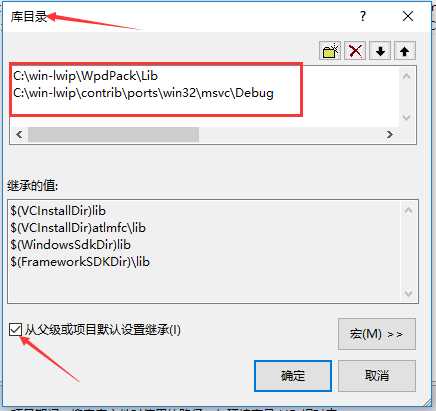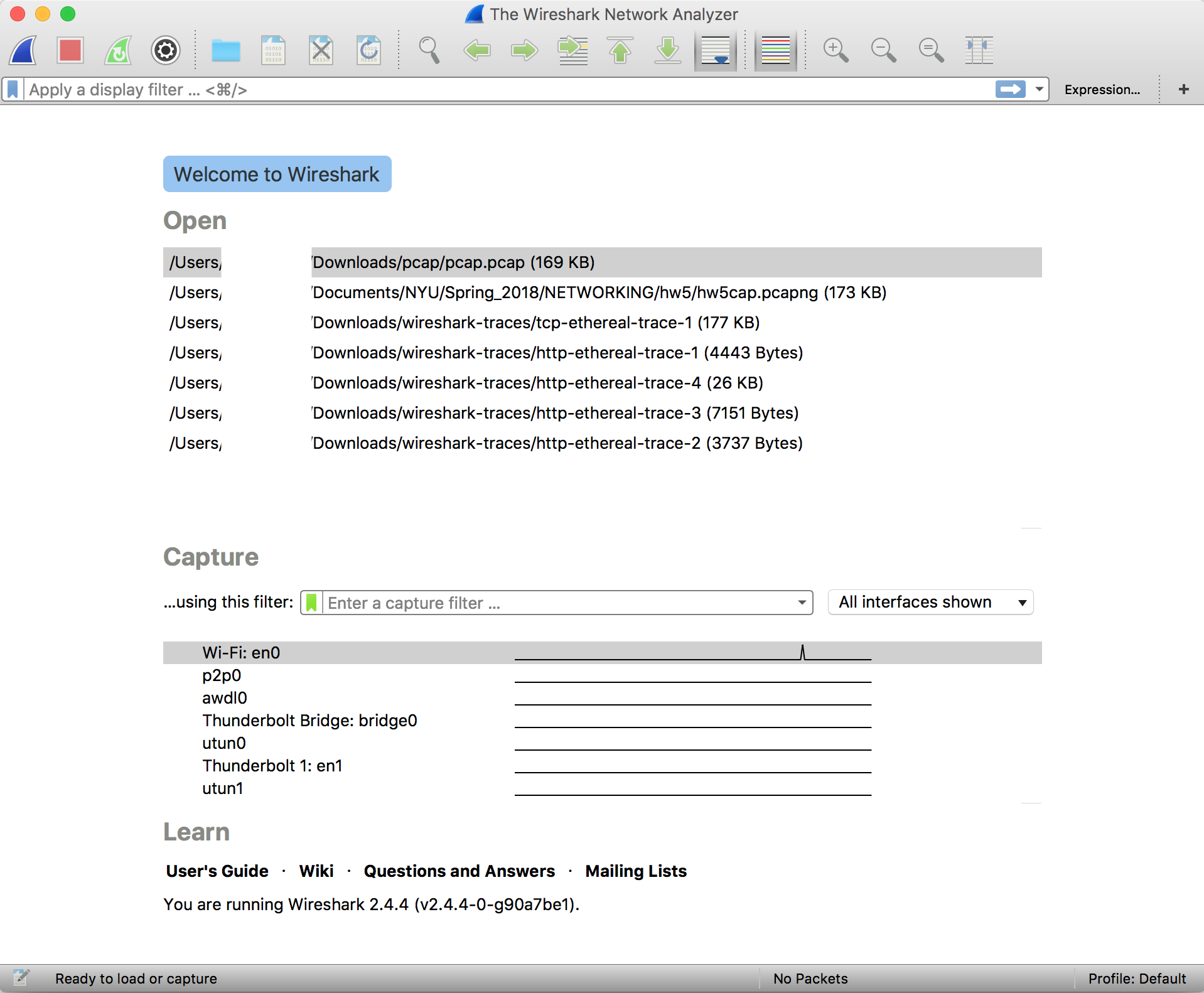
There is an option to run the daemon as a Windows service, but I didn't try that. The -n will turn off authentication, as Wireshark can't use it and the daemon won't work together with Wireshark otherwise. The easiest is to start the deamon from the command line now: I'll only explain the Win32 one, the Linux one should work similar.įirst install WinPcap on the remote machine. The daemon is available for both Win32 and Linux. The following would be the easiest setup to bring Wireshark to work remotely. You'll find additional info at the related WinPcap page: or the link at the bottom of this page. Then you can take the capture files and use Wireshark to analyze them. This analyzer has the same origins as WinPcap itself, so it might work better than Wireshark for this feature (for now). If you really need it, you may try analyzer to do the remote capture. It should also work with the current version of Wireshark and WinPcap 4.x. This feature will not work with WinPcap 3.1 it has been tested with with Ethereal 0.10.13 + WinPcap 4.0 alpha 1 using a Cisco MDS 9216 switch's fcanalyzer as the the remote capture device, and does work. This page is to collect information experienced while trying to bring this feature to life. Hopefully, if someone else is experiencing this same pain with their previously working WireShark, these steps will help.The remote capture feature of WinPcap 3.1 is currently not working together with Wireshark!!! This may work with other versions of Windows (Windows 10, for example) but I have not personally tried it out. The install completed successfully and I was able to run WireShark and capture packets again. Then I downloaded the latest version of WireShark (version 2.2.2). When I installed WireShark, I made sure NOT to select the installation of WinPcap 4.1.3. First, I uninstalled WireShark (and WinPcap 4.1.3, the latest at the time of this writing) and rebooted. Feel free to modify these steps if you wish. I will list exactly what I did but there may be steps that are unnecessary for you. Enough about the failures, here’s to success!


I tried running WireShark in compatibility modes for previous version of Windows – to no avail. I then tried going ever further back into the archives of old versions of WireShark. My first attempts involved uninstalling and reinstalling, with reboots before and after. Let me share what I did to restore functionality and my sanity. When I checked Task Manager, a process called dumpcap.exe was not responding and like in the movies, hard to kill.

I recently upgraded my instructor workstation and WireShark stopped working.

I am a long time user of WireShark and I frequently use it for demonstrations in my networking classes.


 0 kommentar(er)
0 kommentar(er)
